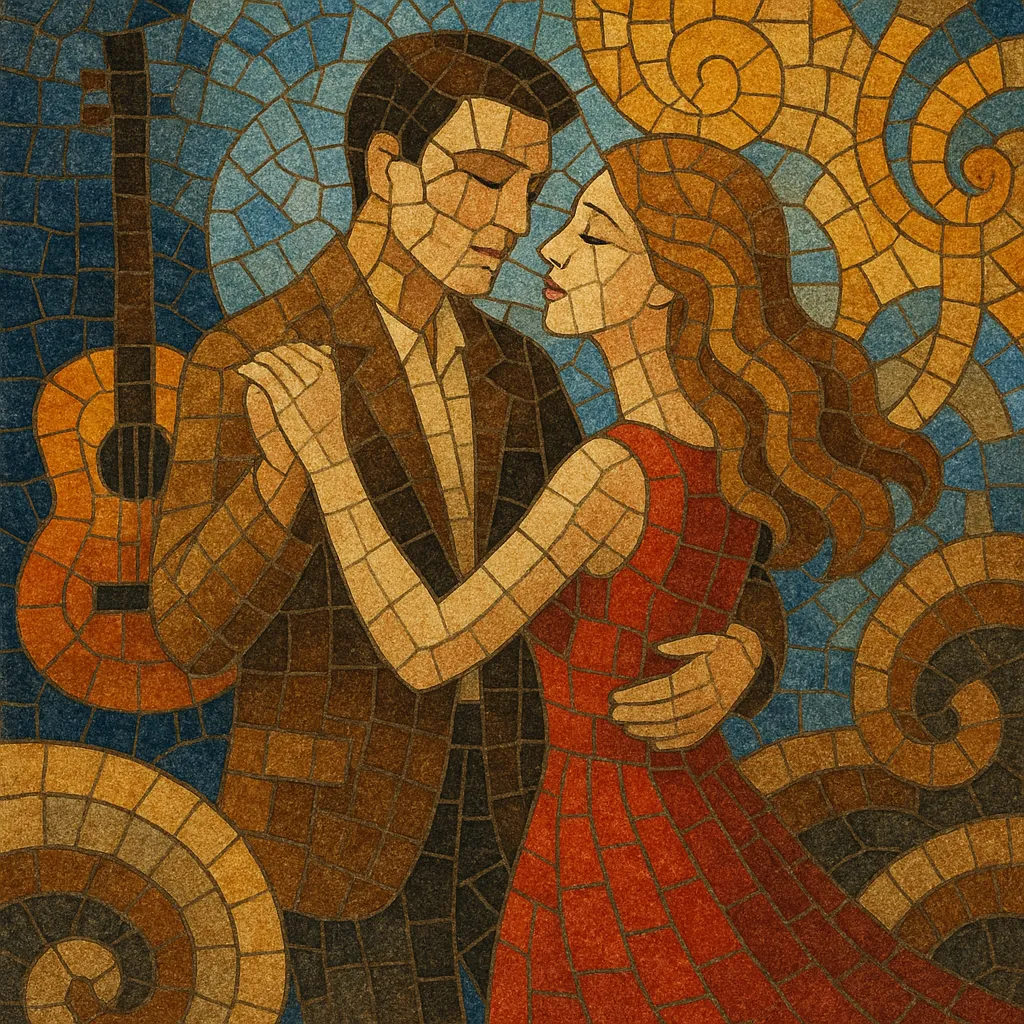Iskelmä is the Finnish counterpart to continental European schlager: a melody-forward, lyrically clear style of popular song designed for easy listening and social dancing.
It blends local dance idioms such as Finnish tango, humppa, and waltz with international traditional pop and chanson, resulting in polished, hook-rich songs with sentimental or romantic themes.
Across decades, iskelmä has served as a broad umbrella for Finnish mainstream pop singing, spanning orchestral arrangements, guitar-led ensembles, and, later, synth-enhanced productions—while retaining its emphasis on singable melodies and accessible emotions.
After World War II, Finland’s music market grew around domestic versions of international hits and locally composed songs for dance halls and radio. In the 1950s, this coalesced into iskelmä—Finnish-language, melody-centered popular songs that drew on schlager’s polished simplicity, the pervasive national taste for Finnish tango, and familiar dance rhythms such as waltz and humppa.
The 1960s and 1970s are often considered a golden era. Expanding radio and television presence, song festivals, and televised competitions (notably the “Syksyn Sävel” song contest) helped launch enduring stars and standardized the genre’s hallmarks: memorable choruses, sentimental storytelling, and arrangements suitable for both listening and dancing. While rock and beat music rose in parallel, iskelmä remained the core of mainstream Finnish pop singing.
From the 1980s onward, production modernized with synths, drum machines, and pop-rock instrumentation. The genre absorbed soft-rock and adult contemporary polish without losing its melodic, emotive profile. Eurovision participation and national selection shows further reinforced the iskelmä aesthetic—catchy, concise songs crafted for wide audiences.
Contemporary iskelmä overlaps with adult contemporary and Finnish pop, still thriving on radio formats, festivals, and dedicated awards. While younger artists may blend in country-pop, light dance-pop, or singer-songwriter touches, the defining traits—clear melodic lines, Finnish-language lyrics, and emotionally resonant themes—continue to anchor the style.


